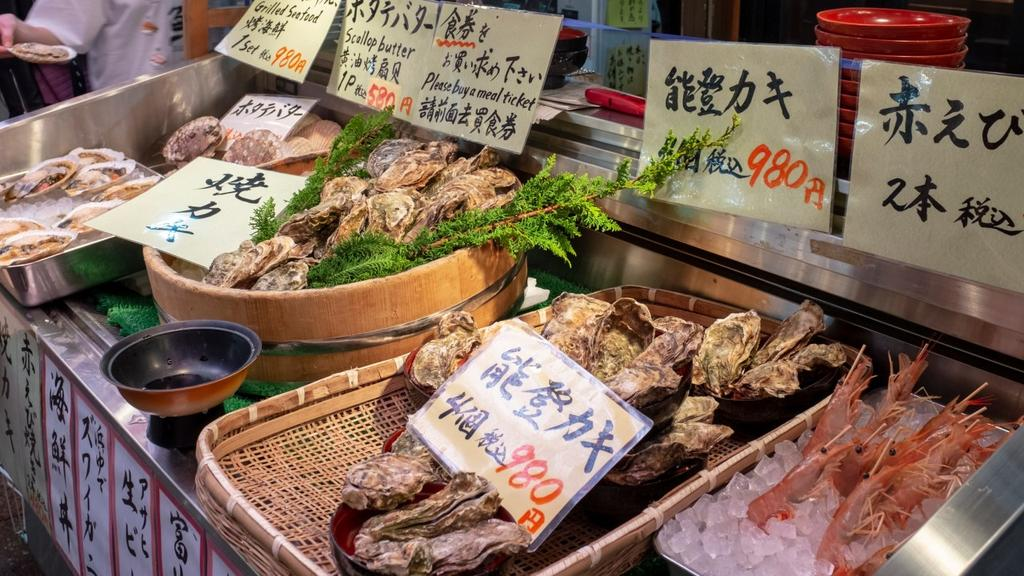okyo may dazzle with its neon lights and world-class cuisine, but beyond the capital lies a quieter, richer Japan — where centuries-old traditions, wild landscapes, and soul-soothing rituals await. Japan often appears in travel brochures as Tokyo: fast-paced, futuristic, and famously efficient. But step outside the megacity, and a different Japan reveals itself — one of serene islands, mountain temples, art-covered villages, and culinary treasures unknown to the average tourist. For expats or travelers seeking a deeper connection with the country, these experiences offer a richer, more personal view of what Japan has to offer beyond the bright lights.
Find stillness in a traditional Ryokan
In onsen towns across Japan, the ryokan experience remains a gateway to traditional Japanese hospitality. Whether it’s a minimalist room with tatami mats and sliding doors or a centuries-old inn where history creaks in the floorboards, ryokan offer comfort with ceremony. Meals are often elaborate kaiseki-style, lovingly prepared with seasonal ingredients and presented with artistry. Bathing in steaming mineral-rich waters is as much ritual as relaxation.

Not confined to hot spring resorts, ryokan also dot cities like Kyoto, where Hiiragiya — a 200-year-old establishment — has hosted icons from Charlie Chaplin to Elizabeth Taylor. On the more affordable end, minshuku (family-run bed-and-breakfasts) offer a rustic but warm welcome, especially in small communities like those on Teshima, where locals open their homes to visitors during the Setouchi Triennale art festival.
Speak the language (even badly)
No one expects fluency, but a few phrases can transform your experience. Simple greetings like konnichiwa or ohayo gozaimasu break the ice, while sumimasen serves multiple purposes — from apologizing to flagging down a waiter. Complimenting a meal with oishii desu or expressing gratitude with gochisousama deshita shows effort and earns smiles.
Learning the basics not only opens doors but also reflects a deeper appreciation for the culture. Japan may be globally connected, but regional politeness and pride in language remain central to daily life.

. After one soak, you’ll likely be converted.</p>
<p><strong>Get lost in the great outdoors</strong></p>
<p>With mountains covering 70% of the country, Japan is a hiker’s dream. The Kumano Kodo pilgrimage trails in the Kii Peninsula offer a spiritual journey through mossy forests and ancient shrines, culminating in the sacred sites of Mount Koya. Stay in a temple lodging and join monks in morning rituals for a truly immersive experience.</p>
<figure class=)
 and kushikatsu (deep-fried skewers). Up in Aomori, hotpots like senbei-jiru add local wheat crackers for a hearty twist.</p>
<figure class=)
, Hiroshima’s famed oysters, or Kobe’s legendary beef. For budget-friendly luxury, try a seafood donburi at Kanazawa’s Omicho Market or build your own rice bowl at Aomori’s Gyosai Centre — fresh, fun, and fantastically flavorful.</p>
<p><strong>Appreciate art and craft with ancient roots</strong></p>
<p>Japan’s traditional arts thrive far beyond the capital. In Kyoto, the Museum of Crafts and Design offers insight into techniques like Kyo-yuzen dyeing and Kyo-nui embroidery. Then stroll to Nanzen-ji Temple for golden tiger screen paintings that marry beauty and spirituality.</p>
<figure class=)







